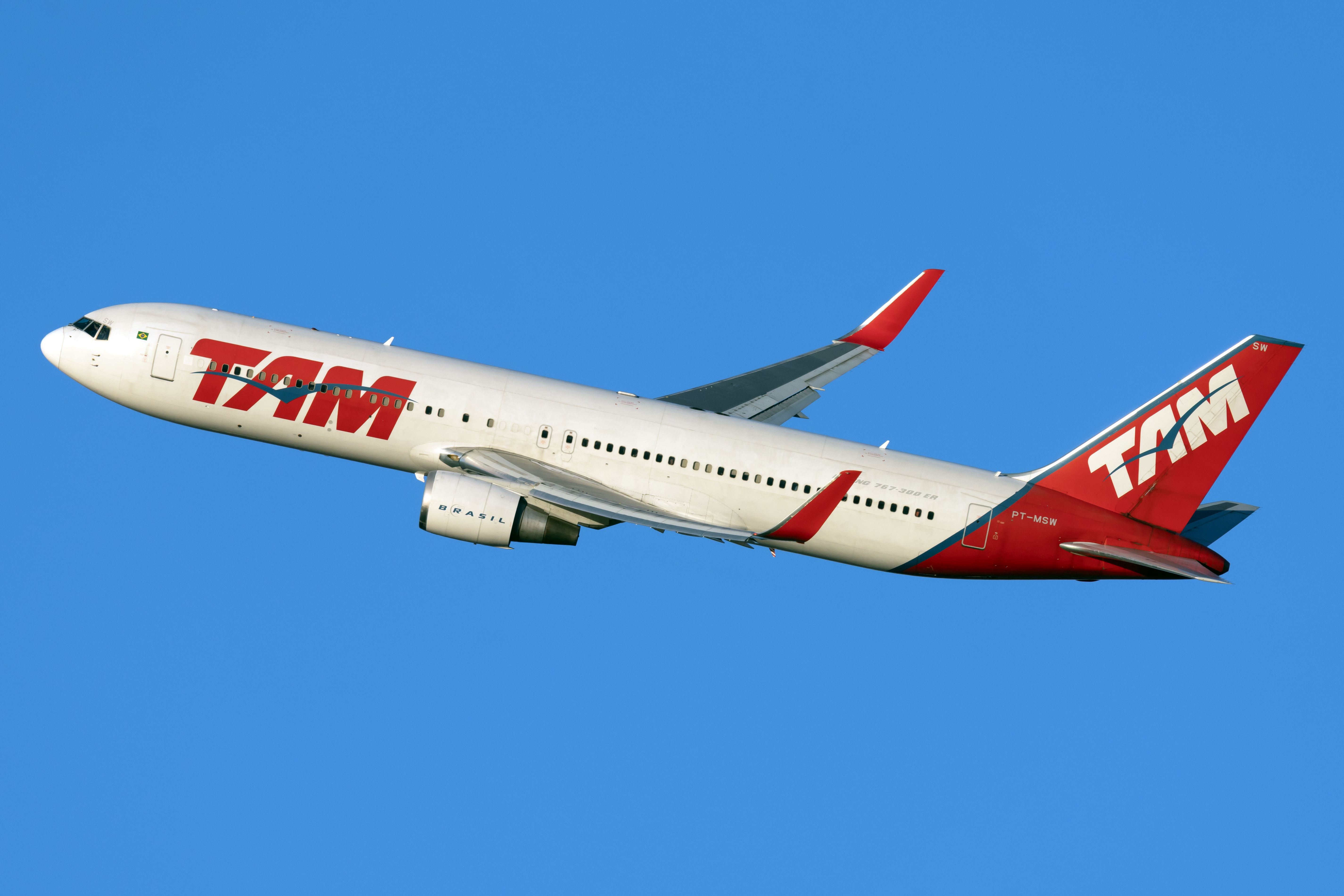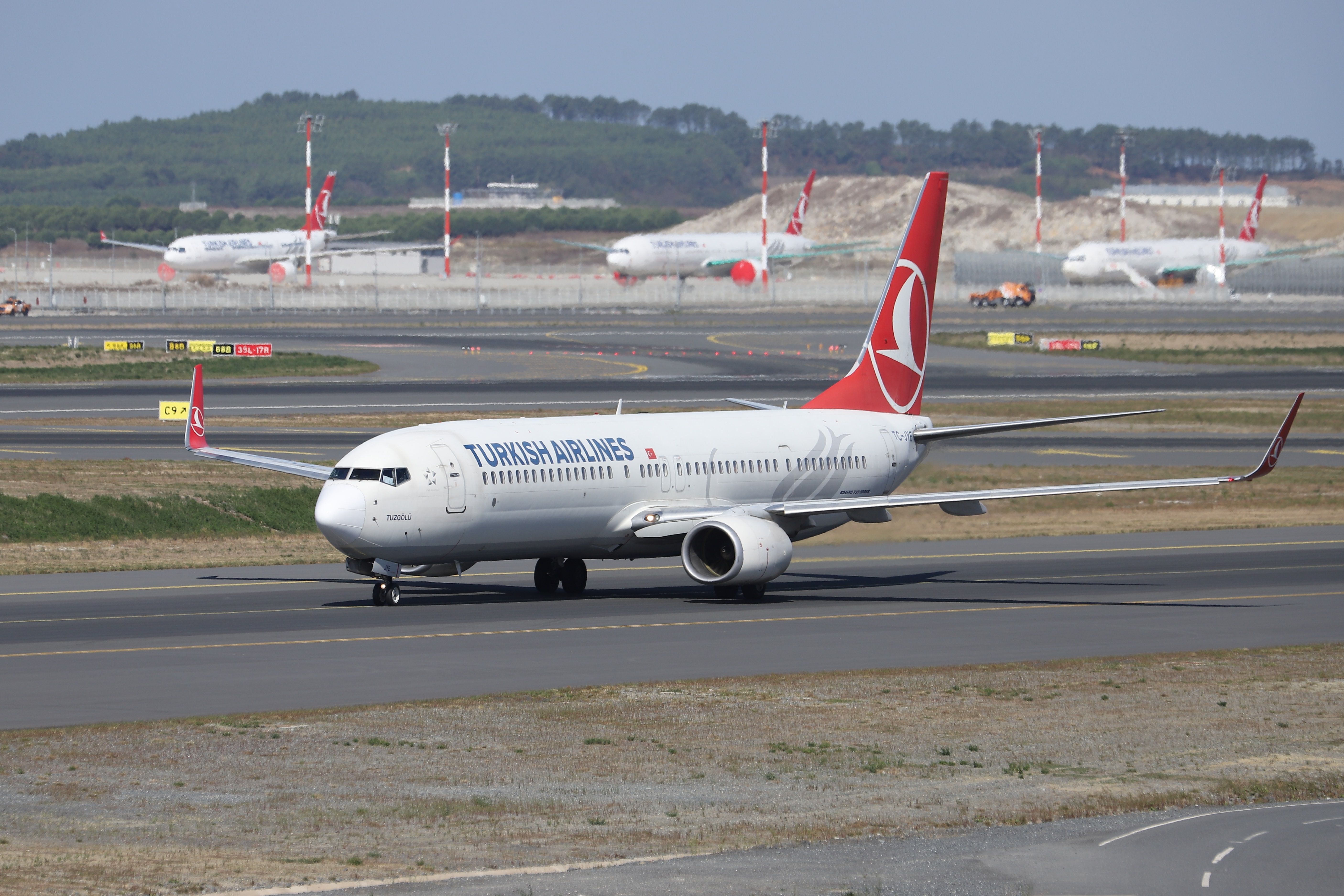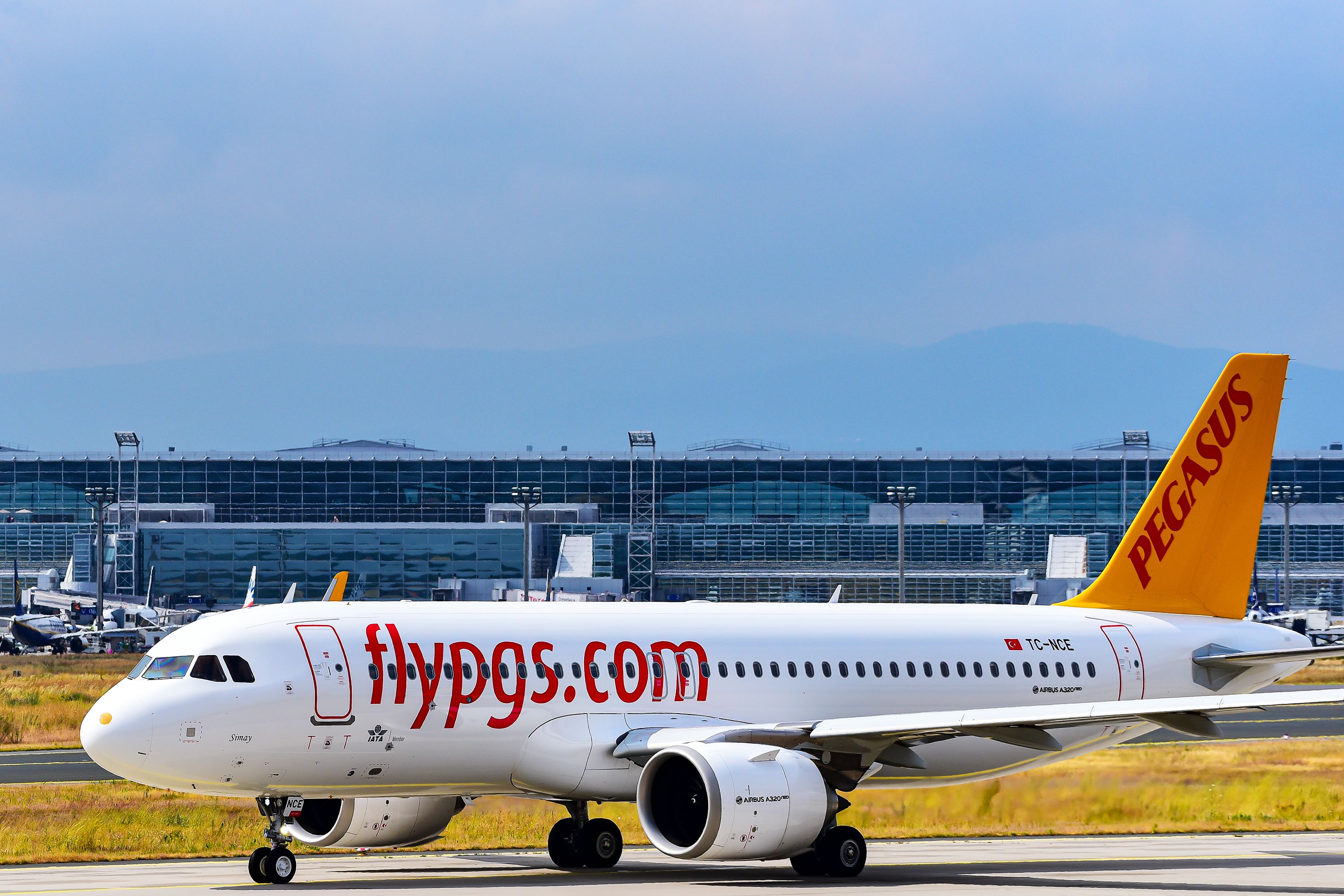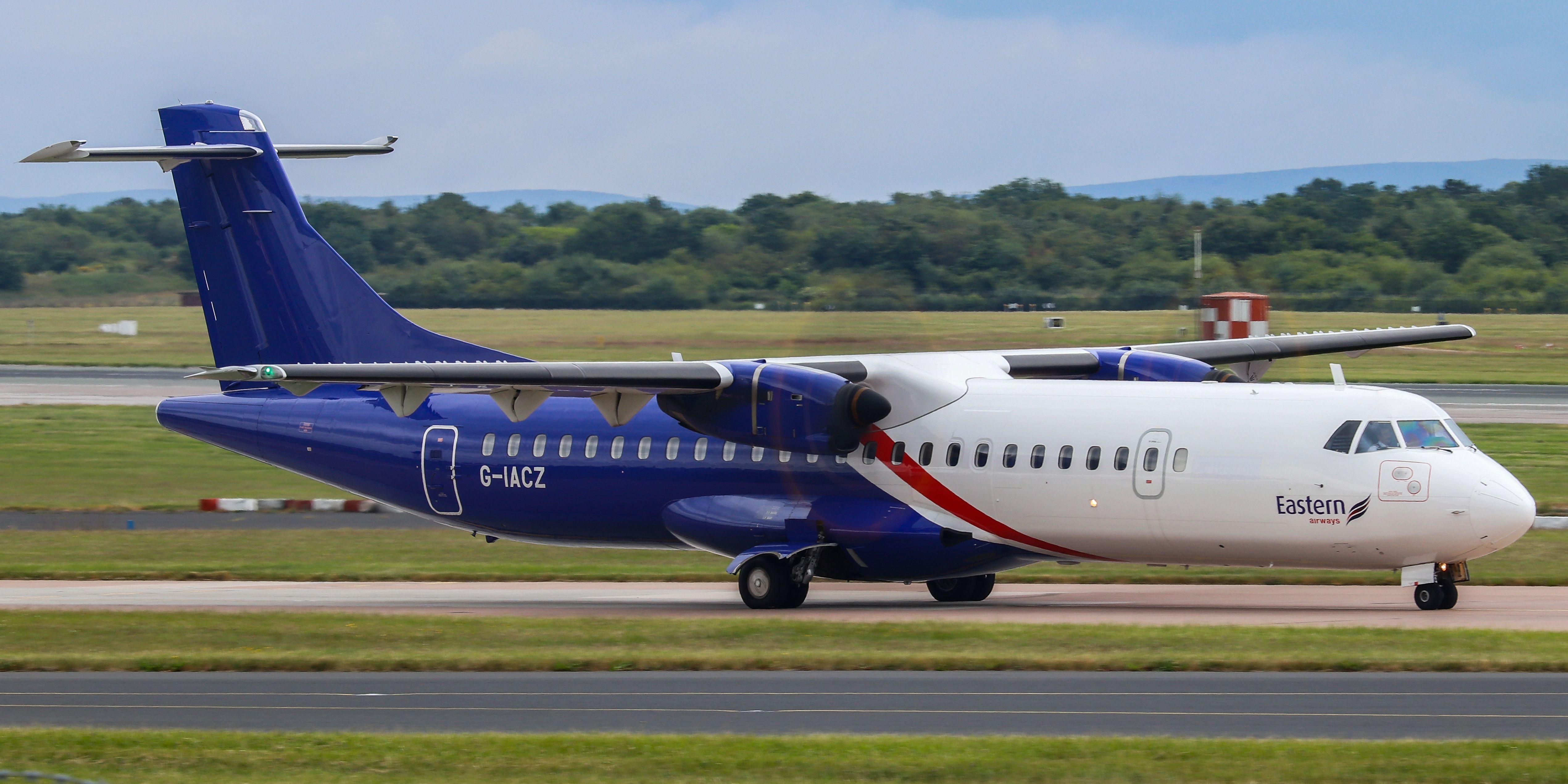The International Air Transport Association (IATA) has released its annual airline safety report. The safety report describes the aviation accidents and incidents throughout the entire year and compares those numbers to previous years.
IATA is an association that represents over 300 airlines in the world, encompassing 83% of total air traffic. It partners with various other groups to focus on improving safety and reliability in the aviation industry. The IATA states that its mission is to represent, lead, and serve the airline industry and has been doing so for more than 70 years.
The annual IATA Safety Report (ISR) has been released annually since 1964. It is the definitive source for tracking commercial aviation's safety performance and the industry's best safety practices. IATA uses a data-driven approach and data analysis to identify possible recurring safety issues. Using this data, the IATA can then validate accidents, assign contributing factors, and then develop recommendations. These recommendations are given through Detail Implementation Plans (DIPs) to address high-risk categories.
We'd love to see you on Instagram - follow us here!
Willie Walsh, IATA's Director General, spoke about this year's IATA Safety Report, saying,
"Accidents are rare in aviation. There were five fatal accidents on 32.2 million flights in 2022. That tells us that flying is among the safest activities in which a person can engage. But even though the risk of flying is exceptionally low, it is not risk-free.
"Careful analysis of the trends that are emerging even at these very high levels of safety is what will make flying even safer. Safety is aviation’s highest priority, and our goal is to have every flight take off and land safely regardless of region or aircraft type"
Accidents slightly increase
The IATA's annual safety report utilizes various metrics to convey how safe the industry is over the course of the year. IATA recorded 39 total accidents in 2022, up slightly from 2021 when only 29 were recorded. However, this is better than the 5-year average (2018-2022) in which 43 accidents occurred on average.
The slight increase from 2021 is most likely due to the increase in total flights. 32.2 million flights were recorded in 2022. In 2021, only 25.7 million flights were recorded. These are both lower than the 5-year average, which is 34.4 million flights, although 2022 was on track to get back to that average.
The IATA uses a metric called all-accident rate to also represent the safety of the aviation industry. The all-accident rate is measured by accidents per one million flights. The all-accident rate in 2022 was 1.21, which is equivalent to 1 accident in every 0.83 million flights. This is up slightly from 2021, in which the all-accident rate was 1.13 or 1 accident every 0.89 million flights.The all-accident rate is also lower than the 5-year average, which is 1.26 or 1 accident every 0.81 million flights.
Additionally, the airlines that are members of the IATA experienced a much lower all-accident rate. In 2022, IATA members had an all-accident rate of 0.49 or 1 accident in every 2.1 million flights. This is down from 2021, which was 0.61 and lower than the 5-year average of 0.76.
Fatal accident decrease
The safety report also showed a decrease in fatal accidents. In 2022, there were five fatal accidents that involved the loss of life to the passengers and/ or crew of the flight. This is lower than the seven recorded fatal accidents in 2021 and lower than the 5-year average, which is also seven.
Of the five recorded fatal accidents in 2021, four were turboprop planes, and one was a jet. In the five fatal accidents in 2022, there were 158 recorded onboard fatalities. This was a slight increase compared to 2021, which recorded 121 onboard fatalities. This is, however, still lower than the 5-year average of 231 fatalities.
The majority of these fatalities were in a single aircraft accident in China that resulted in 132 fatalities. An additional accident occurred in Tanzania that resulted in 19 fatalities. The IATA also uses a metric called fatality risk to represent the risk of being involved in an accident that includes fatalities of the onboard passengers or the onboard crew.
The fatality risk in 2022 was 0.11, which is lower than the 0.23 that was recorded in 2021 and also lower than the 5-year average, which was 0.13. The fatality risk of 0.11 in 2022 means that a passenger would have to take a flight every single day for 25,214 years to experience a 100% fatal accident. This is better than the 5-year average, where the passenger would have to fly for 22,116 years.
Regional differences
The IATA safety report also records the accidents that occur by region of the world. The regions are split up across the world and divided up between jet hull losses and turboprop hull losses. These are recorded as hull losses per one million departures.
Of the eight regions that the IATA uses, five regions recorded zero jet hull losses. Those five regions were Africa, Asia-Pacific, Europe, Middle East and North Africa, and North America. The Commonwealth of Independent States had the highest recorded value, with 1.18 jet hull losses per one million departures. The global rate is calculated to be 0.17 jet hull losses per one million departures.
The turboprop hull losses per one million departures value was much higher at 1.47. Six of the recorded regions, Asia-Pacific, Commonwealth of Independent States, Europe, Middle East and North Africa, North America, and North Asia, all had zero turboprop hull losses. Africa and Latin America each had a value greater than five turboprop hull losses, so the global value was brought up by those numbers.
Turboprop flights represent just 10.6% of the total flights flown in the world. However, turboprops were involved in 36% of all accidents in 2022. This includes turboprops representing 80% of fatal accidents and 15% of all fatalities.
The IATA uses regional information to give recommendations to these areas. Walsh spoke about this, saying,
"Both sub-Saharan Africa and Latin America saw increases in turboprop accidents last year. Introduction and adherence to global standards (including IOSA) are key to reversing this trend. The priority for Africa continues to be the implementation of the International Civil Aviation Organization’s (ICAO) safety-related standards and recommended practices (SARPS)."




